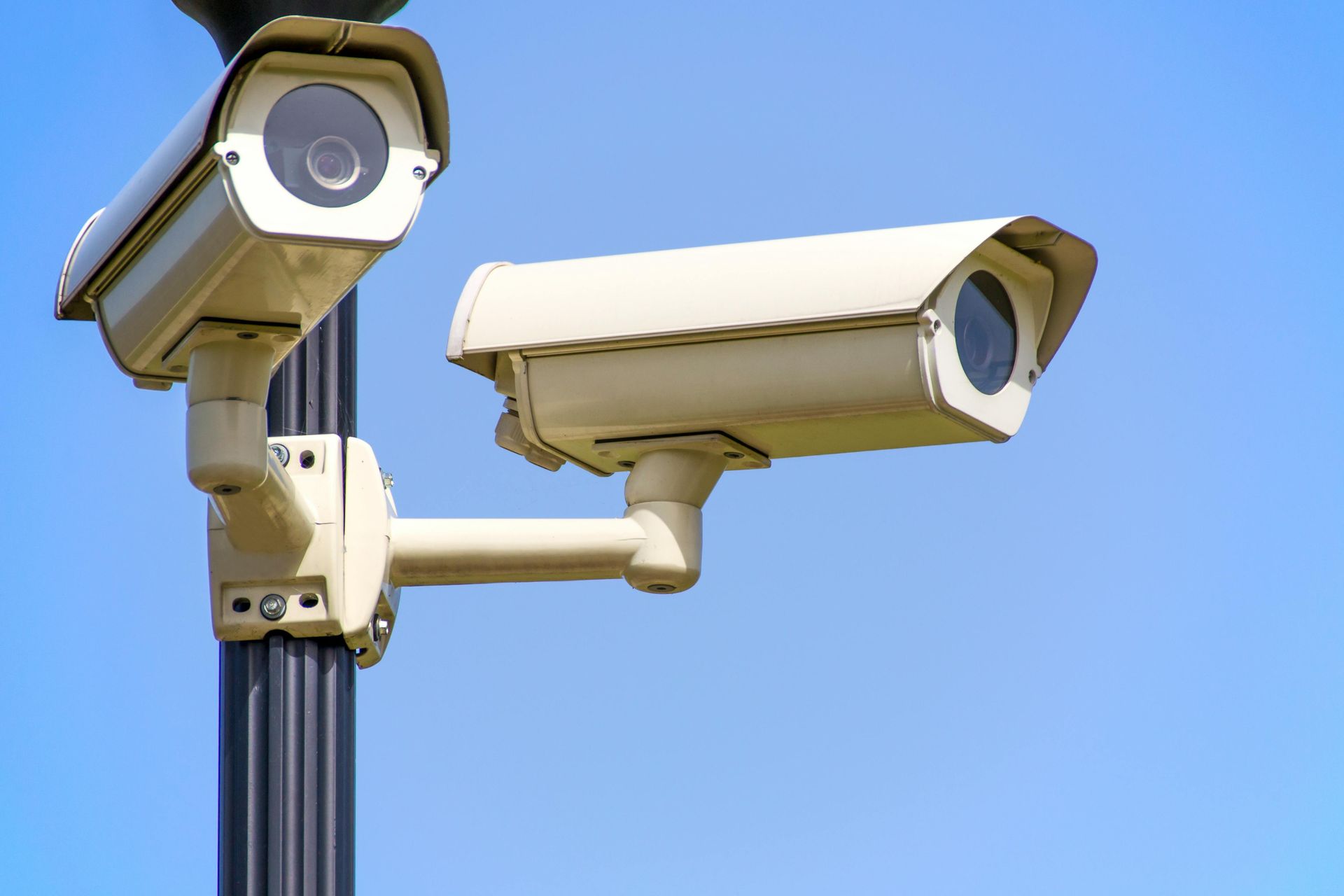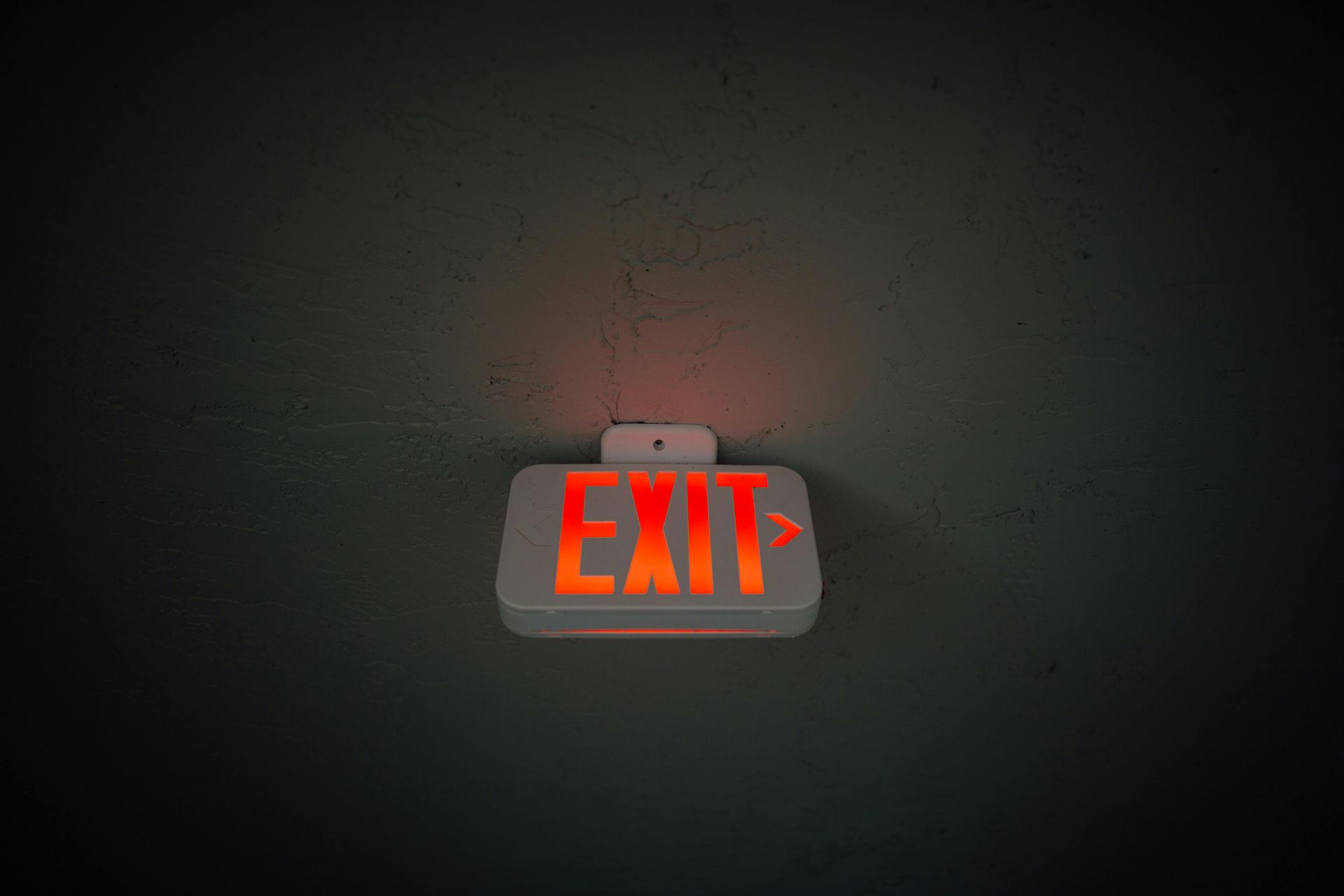CCTV in the Disciplinary Process

Background
The case of Nkemka Patrick Okachi v Sodexo Ireland Limited ADJ-00045306 examines the circumstances under which an employer will be compelled to utilise CCTV footage as part of an investigation and disciplinary process.
Mr Okachi (the Complainant) brought a complaint under the Unfair Dismissals Act, 1977 against Sodexo Ireland Limited (the Respondent) to the Workplace Relations Commission (WRC), alleging that the termination of his employment for alleged sexual harassment was unfair, disproportionate and most importantly, fundamentally flawed, on account of the failure of the employer to utilise CCTV footage that was available, to either substantiate or refute the allegations that were made against him.
Legislation and Case Law
The complaint was grounded in Section 8 of the Unfair Dismissals Act, 1977.
The Unfair Dismissal Act 1977 places a clear burden of proof on the employer to establish that the dismissal of an employee from their employment must be justified.
“6.—(1) Subject to the provisions of this section, the dismissal of an employee shall be deemed, for the purposes of this Act, to be an unfair dismissal unless, having regard to all the circumstances, there were substantial grounds justifying the dismissal.”
Section 6 (4) provides: -
(4) Without prejudice to the generality of subsection (1) of this section, the dismissal of an employee shall be deemed, for the purposes of this Act, not to be an unfair dismissal, if it results wholly or mainly from one or more of the following:
(b) the conduct of the employee,”
Section 5 of the Unfair Dismissals (Amendment) Act 1993 provides, inter alia, that:
“… in determining if a dismissal is an unfair dismissal, regard may be had … to the reasonableness or otherwise of the conduct (whether by act or omission) of the employer in relation to the dismissal.”
McMahon J. in Khan v Health Service Executive 2009 E.L.R. 178, summarised the meaning and value of fair procedures as being:
“… at the very foundation of all legal systems and all decision makers must observe them whether we like it or not. Fair procedures are necessary for the common good … What does [sic] fair procedures mean? At the very minimum it means that the person at whom a charge is levelled has proper notice of the charge; that he has proper opportunity to take legal advice and to prepare for hearing; that no one is to be a judge in their own cause; (nemo judex in causa sua) that both parties are given a full opportunity to be heard (audi alteram partem) and that the judge is free from bias. Moreover, it is clichéd law that not only must these principles be adhered to, but they must be seen to be adhered to. Justice must be seen to be done. Perception is significant.”
An employee has the right to a fair and impartial determination of the issues being investigated as provided for in the Code of Practice on Disciplinary Procedures (S.I. No. 117 of 1996), the employer’s own procedures, as well as case law.
Decision
Ultimately, the Adjudication Officer decided, having carefully considered the evidence in this case, that the Respondent did not follow fair procedure or its own policies in investigating this serious allegation of sexual harassment. The Complainant had repeatedly, throughout the course of the investigation and disciplinary process, appealed for the Respondent to scrutinise the CCTV footage pertaining to the alleged act of sexual harassment (an inappropriate hug of a female by the Complainant). The Respondent, throughout the investigation and disciplinary process, relied solely on the testimony provided, failing to substantiate evidence given by way of CCTV footage review.
The Adjudication Officer determined that:
“Throughout the disciplinary process, the Complainant consistently requested access to the CCTV footage, which was denied. While the Respondent claimed the footage was not relied upon, the evidence suggests otherwise. The only reference to physical contact came from Mr O’Neill’s account of the CCTV, which the investigators did not independently review. This further reliance on hearsay evidence is unacceptable.
Furthermore, the client’s refusal to provide the CCTV while simultaneously requesting updates on the outcome of the investigation is concerning. None of the individuals involved in the investigation identified the absence of the original complaint or lack of CCTV footage as a being wholly unfair to the Complainant, which raises serious questions about the objective fairness of the investigation.”
Takeaway
The takeaway for employees facing an investigation or disciplinary process, where CCTV footage is available, is to consider making a formal application for its use as part of that process.
For employers, where CCTV footage is available, it is important that it is considered, to ensure that a full, fair and impartial assessment of any complaints is reached before reaching a determination.
Further Information
This article was prepared by Barry Crushell for informational purposes only. For further advice, please email contact@crushell.ie or contact the offices of Crushell & Co Solicitors.
Share







